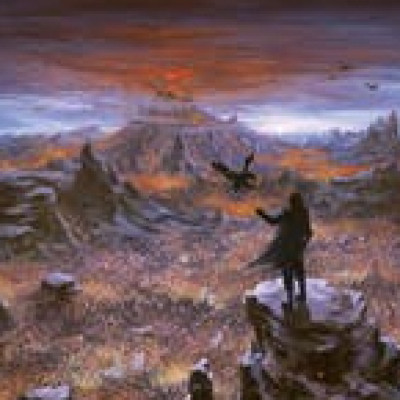In the Flesh and Blood community, discussion of story and themes is scarce - which makes YouTube's Gorganian Tome an absolute gem. Dylan Davis is the creator behind the channel, and we've featured his work in the past when he expounded on why Flesh and Blood is well compared to a fighting game. His videos are must-watch content.
In his recent video, Dylan went in-depth on why naming matters in worldbuilding, and critiqued some of the ways in which LSS is failing on that front. His arguments are well developed, and as he goes through the regions of Rathe he takes time to show both what does and doesn't work for him. When his knowledge of the diffuse lore of Flesh and Blood is shown to be lacking in some minute detail, it only accentuates how hard it is for even a person with heavily invested interest to engulf themselves in the world of Rathe.
But Dylan's chief complaint - insofar as it titles his video - is that the naming conventions of Flesh and Blood are too overtly on-the-nose, and are actively damaging to immersion in the worldbuilding. And to that point, I have some thoughts.
The World of Rathe
The world of Rathe has been clearly mapped since the game's debut. The regions of the map have shaped set design and spurned speculation as to what we might see in the future. At its center stands Solana, represented without clutter as a beaming city with divine providence shining over it. Solana's iconography is clear and simple; there are no references around it to cue you toward your approaching the city - as if either the city can be seen from such a distance as to serve as its own landmark, or as if the map is being provided to someone who would be intimately familiar with Solana and its surroundings.
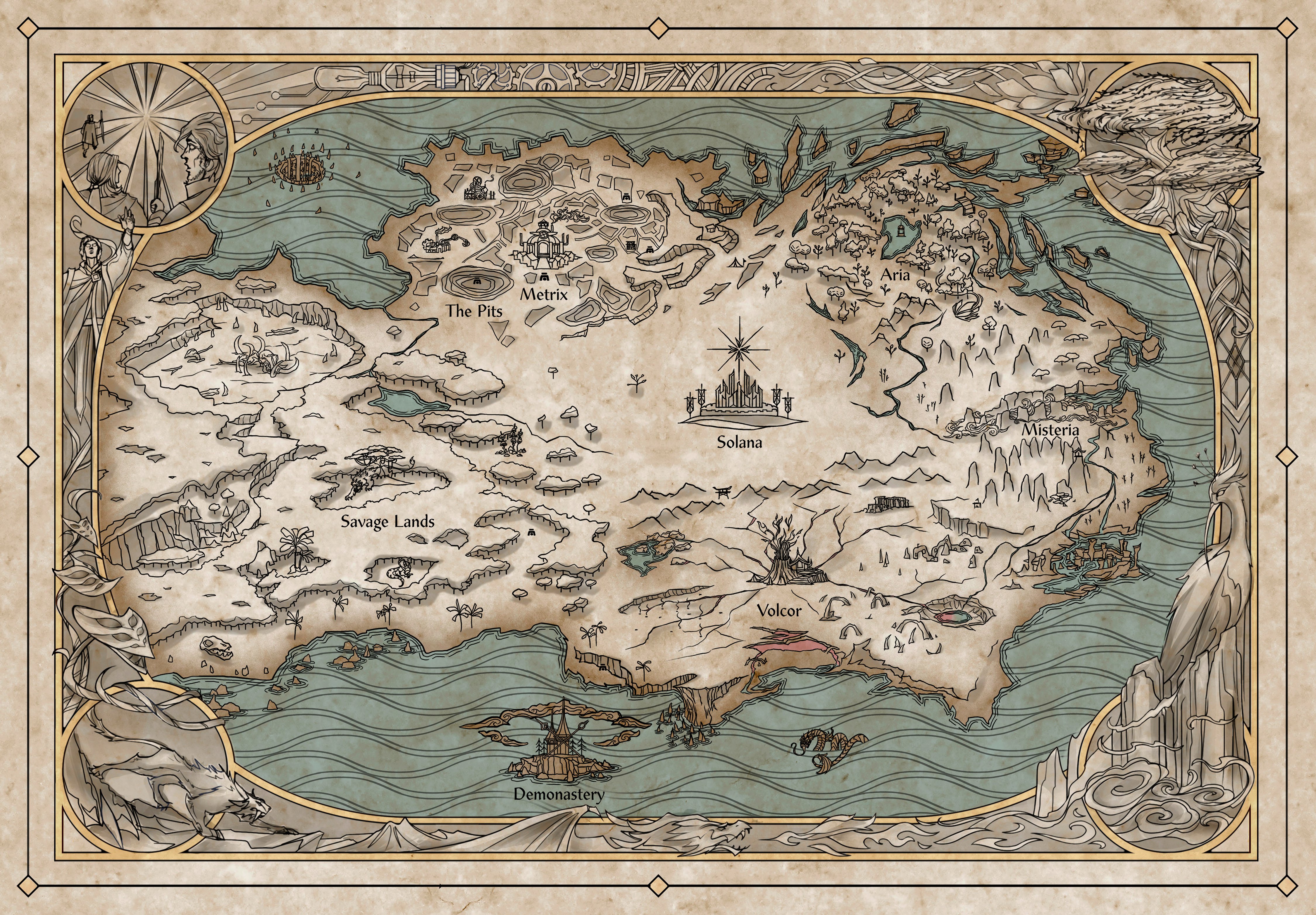
Solana - the city of light - draws comparisons to the British Empire both in its traditional European vision of shining knights and its role as defender of the world at large. Solana has internalized a divine purpose that befits a view of itself as the center of Rathe; its story of a broad war between its forces (on the side of Light) and the forces of Shadow with all of Rathe hung in the balance conveys this same self-centered perspective. No other region has so thoroughly co-opted the stories and characters of its neighbors - just look at United We Stand's incorporation of the Aria heroes, or even Shiyana's story arc in Volcor's Uprising/Dynasty era.
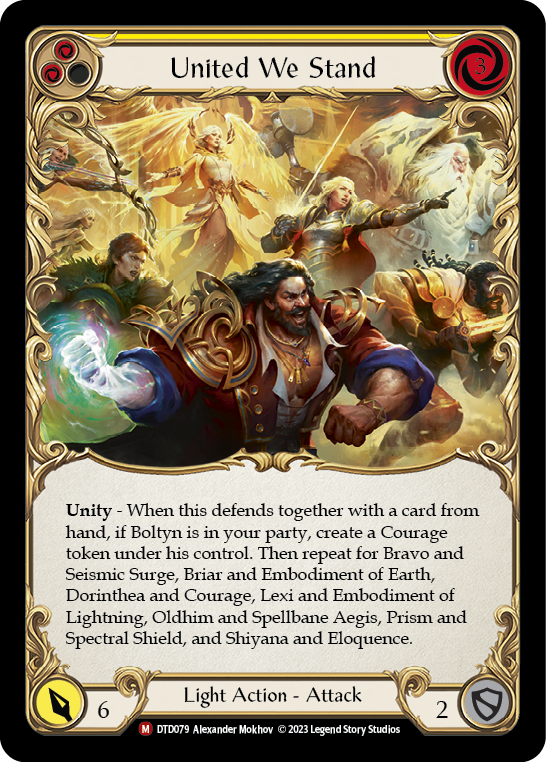
Its chief rival, the Demonastary, is so villainously named as to practically serve as caricature. Placed in the southern area of the map, its parchment tones are noticeably darker - and despite being one building, it's given equal importance as entire nations. The outsized emphasis on this one specific landmark is made all the more ridiculous when one reads the lore for the locale: in its creation, the Demonastary was 'severed from the outside world'. That may or may not imply that it's no longer tied to a specific locale - but even if it is, it's certainly not a location many would have happened across. It would require intent, and its discovery would need to be incredibly important to be found, recognized for what it is, and annotated in such detail.

Which is all to say that the map of Rathe is, in my eyes, undeniably of Solanian origin.
And once you've viewed our understanding of Rathe through that lens, it casts the 'on the nose' naming in a new light. While some regions, I expect, contributed their own understanding to the Solanian vocabulary, others were simply assigned without input. Volcai/Dracai naming conventions and long-standing dynasties imply that Volcor was, at least, named in accordance with their culture, even if Solana basically renamed it 'the land of the Volcano'; so too, Metrix (founded on ideals of progress and scientific potential) could very well have provided its name directly to Solanian explorers. The Pits - an undesirable region most certainly named by those who disdain it - lacks the structure for any name more formal than that.
Meanwhile, Misteria is likely named for the mists that engulfed the region - a barrier that would have prevented anyone actually getting in. What is known to Solana likely came from travelers like Katsu, and not from firsthand visits. (Note the abstract concepts sketched in this region, details from a traveler's stories rather than landmarks.) Aria is similarly inaccessible and abstractly represented, though the connections between Aria and Solana seem much more established, and I wouldn't be surprised to hear that the people of the region identify with that name.
The Savage Lands serve as a natural transition as we continue to ask ourselves to what extent our narrator is shaping the language of FAB. The region could hardly even be called 'named'; it's simply described in dismissive generalities. Its culture is summarized by a prowling beast, with no signs of architecture. And the muscular, highly-skillled hunters that call it home? Why they're Brutes - just ask our leading authority on their culture, Harold Honeysett.
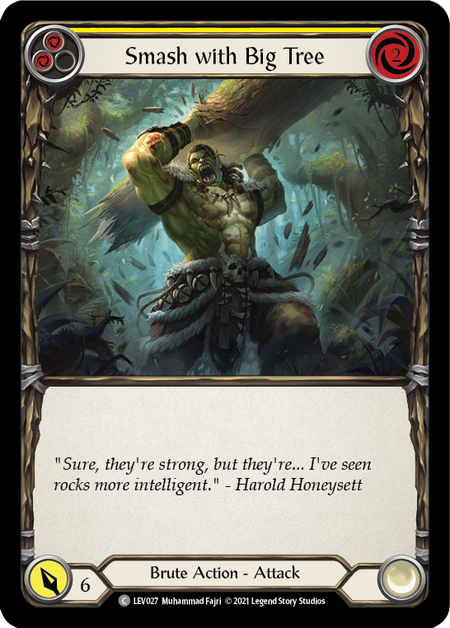
Earning the Title
I won't go so far as to say Solana has named our classes and assigned heroes to them - though conspicuously, we've not seen a 'race: brute' character belong to any other class - but I believe that a Solanian lens influences the language and portrayals of Rathe to a fairly significant degree. If there is a narrative through-line to the game, it has thus far been the War of the Monarch. In its periphery, Aria began to reawaken, a rebellion occurred in Volcor, Metrix began to collapse under the weight of its own ideals, and Misteria sought help for an unexplained calamity - vague storybeats that act more to add far-reaching treachery to the apocalyptic nature of Solana's struggle against the shadow.
Even the set names suggest a Solanian worldview: Welcome to Rathe (an introduction), Arcane Rising (the dark rival), Crucible of War (the major war we know of is the War of the Monarch), Monarch (self-evident only to Solana), Tales of Aria (told here in Solana!), Everfest (that one open house day in Aria!), Dusk Till Dawn (those dark 24 hours), Bright Lights (their artificial lights - yes, we noticed), Part the Mistveil (we finally learn what's happening there!). Uprising and Dynasty feel a touch closer to the subject matter than most of these do, and Outsiders suggests a Metrixian(?) perspective, but overall there's an otherness present in many of these sets while those focused on Solana seem to assume familiarity.
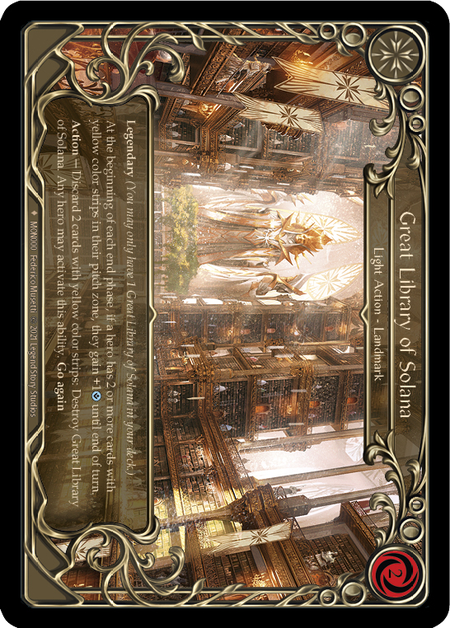
If we look at the lore as Solana's own narrative about itself and the people around it, it's even possible that the characters are named for a Solanian audience. Where would you go to learn about Rathe but the Great Library of Solana? And within those many stories, would you encounter the great showman Bravo - for whom the very cheers of awestruck audiences originated? Would you read about Emperor, that epitome of the very concept, who was killed by the spider Arakni - one of many killers in a vast web that covers all of Rathe? Solana has Prism, through whom the Light shines on its people - but in the fog-covered world of Misteria, beset always in twilight, the moon has its own avatar, an Enigma befit to the land. The Brutes of the Savage Lands are known to outsiders by how they threaten: Rhinar, who rushes headfirst into the fray, and Kayo who will kill a man in one blow! (These names, in retrospect, almost certainly come from the Deathmatch Arena, the stories of them brought to Solana by fans of their hometown hero Victor Goldmane.)
These on-the-nose names have all the hallmarks of legends and mythmaking, of pop culture and entertainment. These are the Batmen and Captain Americas of the Solanian culture - or, put into more reverent terms befitting a nation shaped by religion, the renamed Peters and Pauls. Was Chane born with the name, or was he shackled to it when he bound himself to Ursur? Do we truly known Oldhim's name, or was the tongue of the Ollin beyond comprehension and we simply knew him as a play on 'the Old Man'? Somewhere in the Great Library, is there a book with these heroes printed on the pages, looking every bit the full-art marvels that we, in the real world, identify these characters with?
Not all stories are told by the Solanian Narrator - conspicuously, Vynnset's backstory paints Solana in such a negative light, I can't imagine it being recorded that way in any book found in the Library. Other stories have insights into regions that, this theory establishes, Solana wouldn't know much about - though nothing would stop a storyteller or scholar from learning those tales and recounting them.
Reframing the Argument
There are as many reasons to hate the naming conventions of Flesh and Blood as there are to enjoy them. For some people, Superman was always too corny; for others, Dr. Otto Octavious may be that line. Some will critique the Skywalker last name, others are fine with the Millennium Falcon (by now I'm sure a falcon has been written into the lore somewhere to justify the name). If Fai's name bothers you for being half of "Fire", that's your prerogative. But it's justifiable, is all I'm saying.
The notion that we're learning about Rathe from a citizen of Solana is a fun creative exercise, but ultimately it's glossing over a very legitimate critique that Gorganian Tome is right to level at LSS: that in the absence of rich storytelling, we have precious little to grasp onto - and a punny name can be forced to support an unreasonable amount of investment.
LSS is creating a wide world, but the depth of that world can be grossly uneven. These characters deserve more, and it should not be on the fanbase to bend over backwards in our suspended disbelief to fill in and justify the gaping holes. It doesn't take a series of novels to do this, it just takes some dedicated attention toward communicating their vision.
But perhaps they already see that. I want to draw attention here to one hero I feel they've done this right with: Nuu.

In his video, Dylan didn't have a firm opposition to Nuu's name, but he did express the same concern I had a few months ago when I wrote about the importance and messaging of hero art: that if Nuu is just cheap fan service (in Dylan's words, if "Nuu" is just short for "Nude"), they've done terribly by her. The best interpretation I've heard has tied her name to the Nure-Onna of Japanese folklore, one of the less on-the-nose names LSS has bestowed upon a hero - but ultimately a name is a small aspect, and it's not what any of us are actually talking about.
What we're talking about is a desire to be thoroughly engulfed in the world of Rathe, the subject matter of a game we're so enraptured with; and these heroes are characters we want to invest in, to connect with. We only need be given the narrative hooks. And in Nuu's case, they absolutely delivered.
In Part 3 of the story of Part the Mistveil, after two chapters where Nuu serves as the big bad behind the curtain, we at last see the world through her eyes. I'll be honest, on my first read I wasn't expecting much: we'd gotten a fairly superficial story of Zen happening across a crime in a small village and Enigma's tale explaining how she severs spirits' ties to the mortal plane. Both served their purpose of giving us a sense of these characters, but if you weren't already resonating with these characters, the narratives weren't giving you any fresh anchors. Thus far, the Nuu we'd been presented with was dangerous and sexy - about what you'd expected from the card art.
But once we gained an insider's perspective on Nuu, it quickly became apparent that hers was a sympathetic part. Nuu is reintroduced to us as she councils one of her Vipressa, a woman wronged by two men who projected their rivalry onto her. She gave this woman - and so many others - a sanctuary to rebuild herself, the skills to protect herself, and the confidence to be herself. She does this for them, because no one did it for her.
And why the sexual tone? Because there are many forms of power, many ways to assert one's dominance, and in a story full of strong heroes boasting of their violent potential, Nuu stands confident that her presence is the stronger tool to find and exploit an enemy's vulnerability. You can disarm a foe in many ways - and when raw power has been withheld from you, you turn to other paths.
Every aspect of Nuu is tied to story; choices feel intentional and well developed. That's the kind of attention to character we want in all of FAB's heroes. We want to know that LSS cares about Katsu as much as we do; we want assurance that, if we invest in Kassai, her story is going somewhere.
We want to believe that the characters painted over these game mechanics aren't just marketing. That there's more to a name than just a pun.


